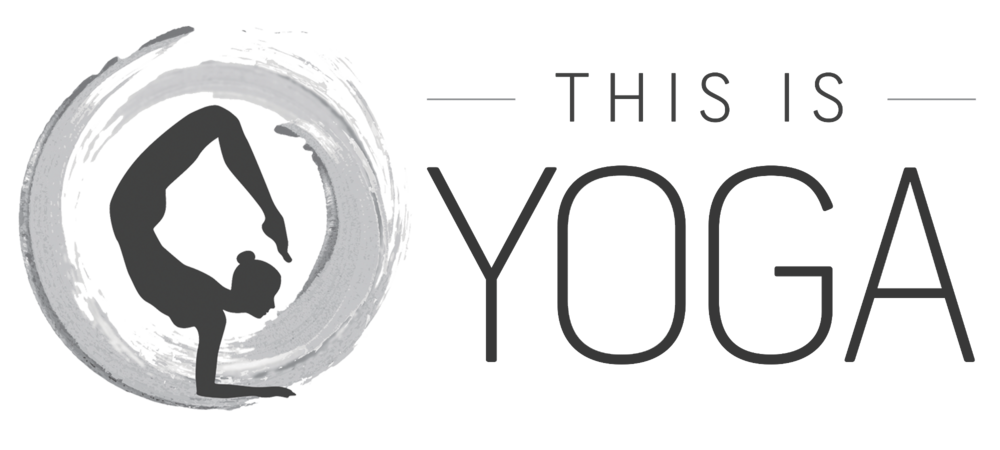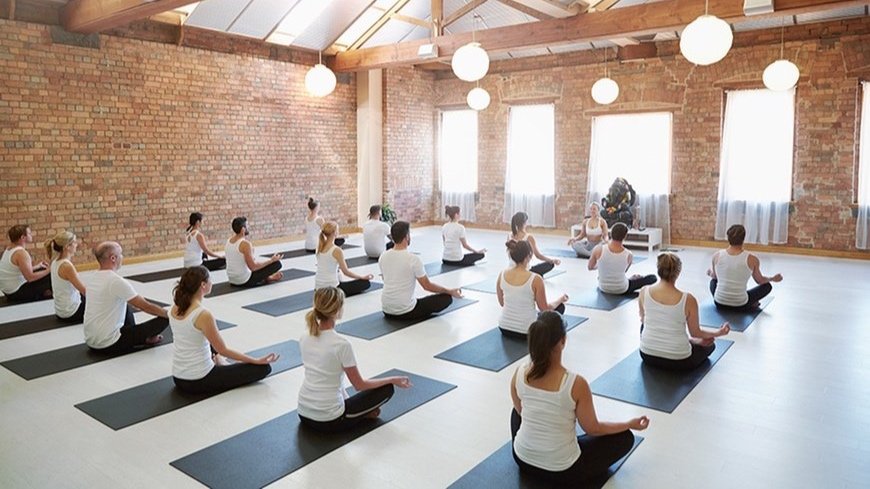Twists, what are they good for?
Spine mobility and back health
Twists rotate the spine and stretch the muscles of the back. This helps to restore and retain the spine’s natural range of motion. If we don’t employ our natural range of motion we run the risk of our joints hardening and fusing. The surrounding supportive soft tissue can also become short and dysfunctional. By extending the muscles to their full length regularly with twists once or twice a day we can help to prevent this.
Energising
In twists you work with the spine and the action of ‘lengthening’ is to create space between the vertebrae. When there’s a lack of space our spine tends to slump or get stuck and our energy levels drop. Through twisting we lengthen the spine and get space between the bones. Then our energy can flow better. Twists give us an instant energy lift and decompress the vertebrae in a safe healthy way.
Comprehensive and neutralizing Twists are neutralizing poses so they’re good to include if you’ve been doing lots of strong back bends or forward bends. Twists incorporate the center of our body, working the abdominal, obliques, the muscles that support the movement of our spine, our shoulders, pelvis, neck etc… that is when you are doing them correctly.
Aid digestion
Twists are commonly known to aid digestion. It is important to realize what that actually means! Twists are great for creating movement in and around our organs (mobility and motility). So in terms of helping our food being moved along.. twists are great.
Are twists detoxifying?
BKS Iyengar said that twists are detoxifying because of the squeeze and soak action. The organs of detoxification and elimination are compressed pushing out old blood and so then when we release the twist fresh blood can flow in. This idea is often passed on in the yoga industry but there is some healthy debate on this.
Twists do affect our mobility (movement of organs in relation to each other) and our motility (movement within an organ). However, a number of factors are involved in stimulation of our organs. It would be safe to say that twists help to stimulate our organs, including our organs of elimination which in turn can help stimulate our metabolism and rate of excretion.
So maybe twists aren’t really “wringing out the internal organs” but it can be a helpful metaphor for when we practice – much in the same way as backbends don’t literally opening your heart!
However, they do stimulate circulation, creating heat, releasing tension in the muscles of the spine, abdomen and rib cage, which has a knock-on effect of helping the other systems in the body work effectively.
Also, while I don’t want to make claims that I can’t back up, we can get stuck trying to find the (Western) medical evidence for yoga benefits. These can be difficult to find as there is not a lot of large-scale research done in this area.
What kinds of twists are there?
All twist poses can generally be categorized into seated, standing and reclining. Twists are also often variations on ‘regular’ poses. Like Parivrtta Utkatasana (Twisted Chair Pose) and Parivrtta Trikonasana (Revolved Triangle Pose
Reclining twist
In reclining twists the upper body is stabilized and so most of the twist happens in the lower spine by rotating the pelvis and legs. Here it’s important to keep your core stable and make sure your shoulders remain grounded.
Seated and standing twists
Alignment is even more important in our seated and standing twists. Grounding and lengthening should be the initial actions in performing these twists. It’s always important to engage the abdominals when doing seated or standing twists to help stabilize the pelvis and keep support in the lower back. The pelvis grounds as the spine lengthens and moves upwards (seated twists like Half Lord of the Fishes and Bharadvaja’s Twist) or forwards (in standing twists like Extended Triangle Pose).
Alignment is very important so it’s essential to know how to do them correctly.
How can we twist safely?
Inhale and lengthen the spine first– In seated twists, ground through the sitting bones. If you experience rounding in the lower back here, sit up on a block or blankets so you maintain the natural length and curves of the back.
Twist from the lower spine up – When twisting be aware that different parts of the spine have different range of mobility. The lower part, the lumbar, rotates only around 5 degrees, the thoracic spine rotates approx 35 degrees whereas the cervical spine has the most mobility with around 50 degrees. These are generalizations but give an idea of the relative mobility. (pg 34 in Yoga Anatomy, Kaminoff)
To avoid the neck doing all the work involve the whole spine by starting the twist from the lower spine working up, with your neck turning last. This might mean your twist looks less ‘twisty’ than it used to – that’s fine!
Tip for intensifying your twists
Twists are good for the back but they are also great for stretching the muscles of the shoulders and the chest. To intensify this you can bind in the pose – or use a prop such as a wall or the back of a chair – for example pressing your right hand against the edge of the chair or wall as you twist to your left.






